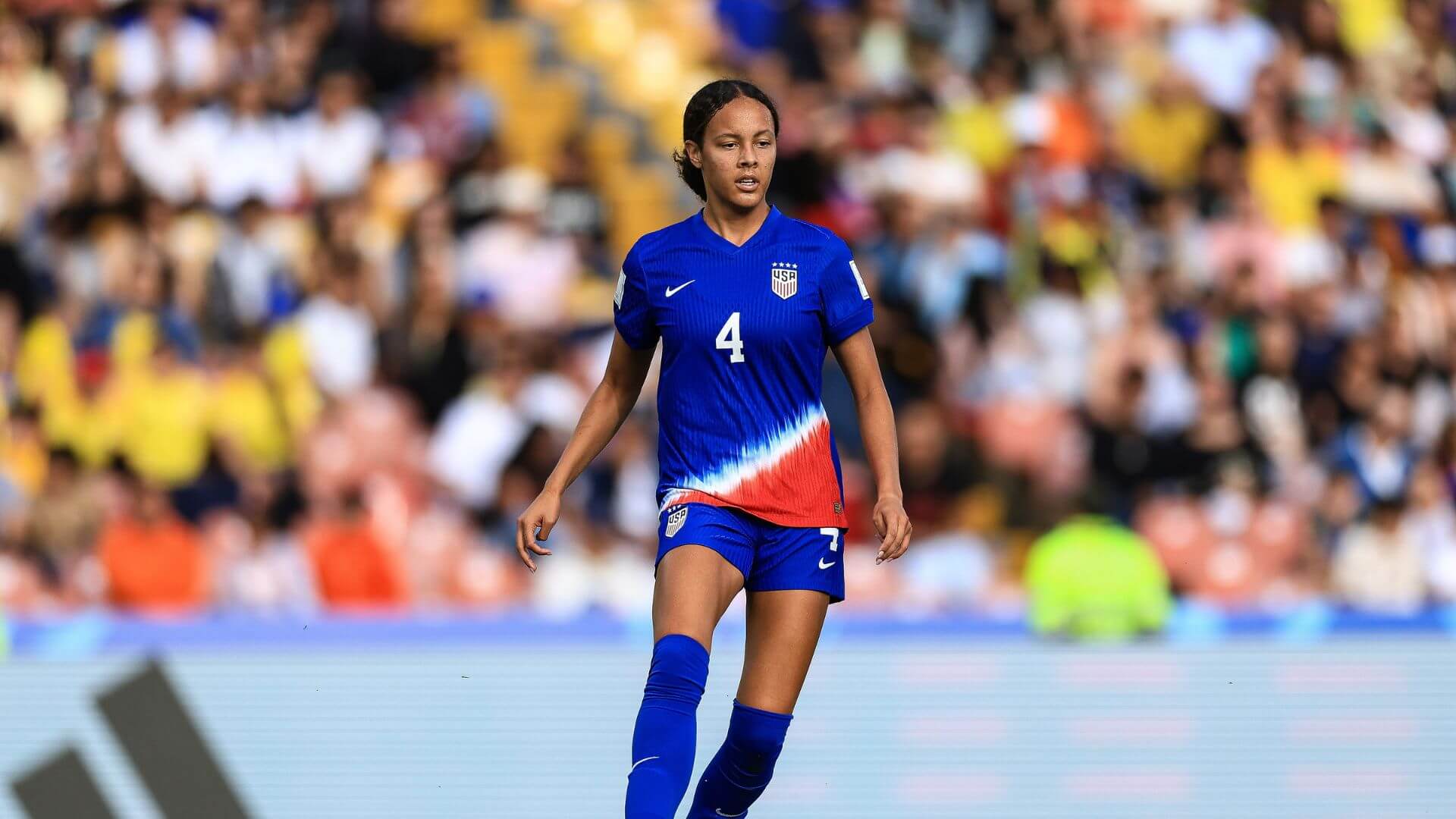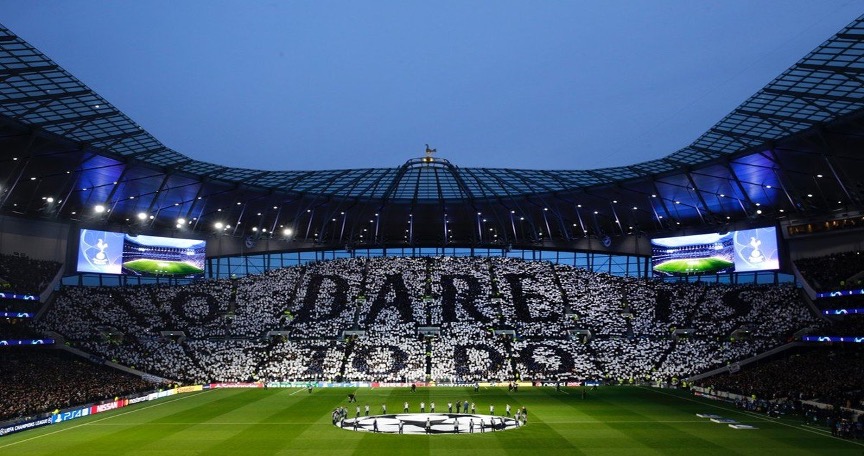The State of Women’s Soccer – And What the Future Holds
It feels as though we are living through an important moment in women’s sports. Soccer, in particular, has become increasingly popular and has taken hold far outside its traditional core fan base. With domestic and international tournaments attracting a lot of media attention and bigger crowds, the future looks bright.
It is quite common to see games being played in front of big crowds, broadcast live on major networks, and featured on top sportsbooks like MyBookie. There may be issues still to be addressed within the game – but the men’s game is not without its faults either.
As another season of high-class entertainment begins in the NWSL, we thought we would take a look at how far women’s soccer has come, the state of the game today, and what we can expect from the future.
A Brief History
Most people now know the basic history of women’s soccer. Women have been playing the game for as long as men and the first fixtures were recorded back in the 1880s. The sport became very popular in the next 30-40 years and games in England were drawing over 20,000 at around the time of WW1.
But the decision by the English Football Association to ban women’s soccer in 1921 severely affected the development of the leagues and tournaments, while men’s soccer grew from strength to strength. It wasn’t until almost the end of the 20th century that women’s soccer became a thing again – and much of that was down to the success of the game in the US.
Domestic Leagues
The first female professional players arrived in the 1970s and now there are successful and popular leagues in many of the top soccer-playing countries in the world. The WSL of the UK and the NWSL of the US are probably the two with the highest profile, but other competitions are beginning to gain more attention.
France, Italy, and Germany all have very competitive domestic leagues and the Spanish league has set new records in terms of attendance. There is still more work to be done spreading the game across the world and securing investment. But domestic leagues everywhere are enjoying a boost.
International Competitions
If the top club competitions are growing in viewership it is likely down to the incredible reaction to recent Women’s World Cup tournaments. The US’s triumph at the 1999 World Cup set the standard and all following tournaments have gained more and more attention.
The most recent tournament in Australia and New Zealand was regarded as a huge success and domestic leagues – at all levels – have recorded greater participation and attendances since Spain lifted the trophy. Continental competitions across all federations are expected to enjoy increased attention too in the coming years.
Media Attention
Women’s sport in general has enjoyed a big increase in media coverage over the last 10 years. It had nearly tripled in the five years running up to the 2023 Women’s World Cup and soccer had led the way with its coverage increasing almost six times, thanks to the 2015 and 2019 tournaments.
The 2023 edition saw increased numbers, yet again, and the age of the fans is something to take into account. Women’s soccer fans tend to be younger and more keen to explore the different ways of following news and results. There are more media platforms covering women’s soccer than ever before.
Highlighting Issues
The increased popularity of women’s soccer is undoubtedly a good thing. But it would be wrong to say that everything is positive. The fallout of the inappropriate actions by the country’s president tainted Spain’s World Cup win and sexual harassment and abuse are still rife.
The payment of players has also been a bone of contention for a long time. There have been a number of lawsuits regarding pay claims from the USWNT and equal pay with men’s soccer is still something that most female players can only dream about – even at the top level.
A positive to take from these issues is the way that the players and fans have worked to improve the situation. The inequality within the men’s game almost seems to have been accepted as the way things are. But there is far more solidarity in the women’s game – and a desire to work for a fairer future for all.

The Future of Women’s Soccer
That last point cannot be said enough. There may be problems within women’s soccer, as with any professional sport, but there does seem to be a genuine desire to make the game better.
Viewership of domestic and international games is rising all the time and more and more young girls are playing the game at youth level. Greater media coverage has meant more investment in the women’s game and that can help with nurturing future generations and making sure that today’s top players are being fairly paid.
In the wake of equal pay disputes and abuse scandals, women’s soccer in the US is now going from strength to strength. Even the relatively disappointing performance by the USWNT has not dampened enthusiasm for the game. Some European leagues have now overtaken the NWSL in terms of viewers and crowds and that is balancing the power within the sport.
With more and more developing countries also investing in women’s soccer, the strides already taken are only set to be improved. This is a boom time for women’s soccer – and things can only get better.
_
GIRLS SOCCER NETWORK: YOUR SOURCE FOR GIRLS SOCCER NEWS












